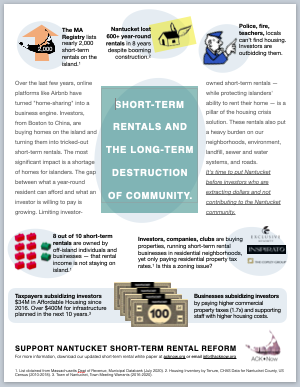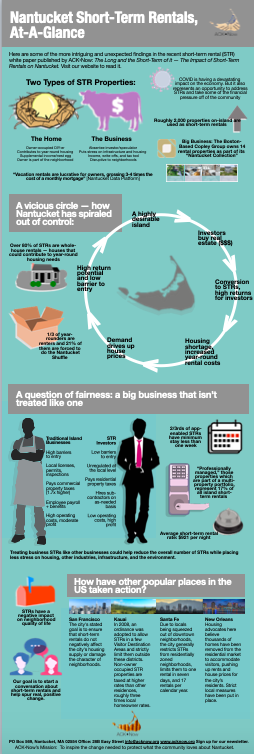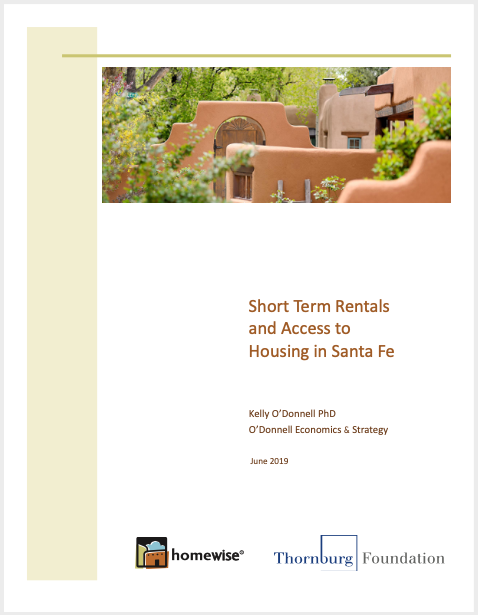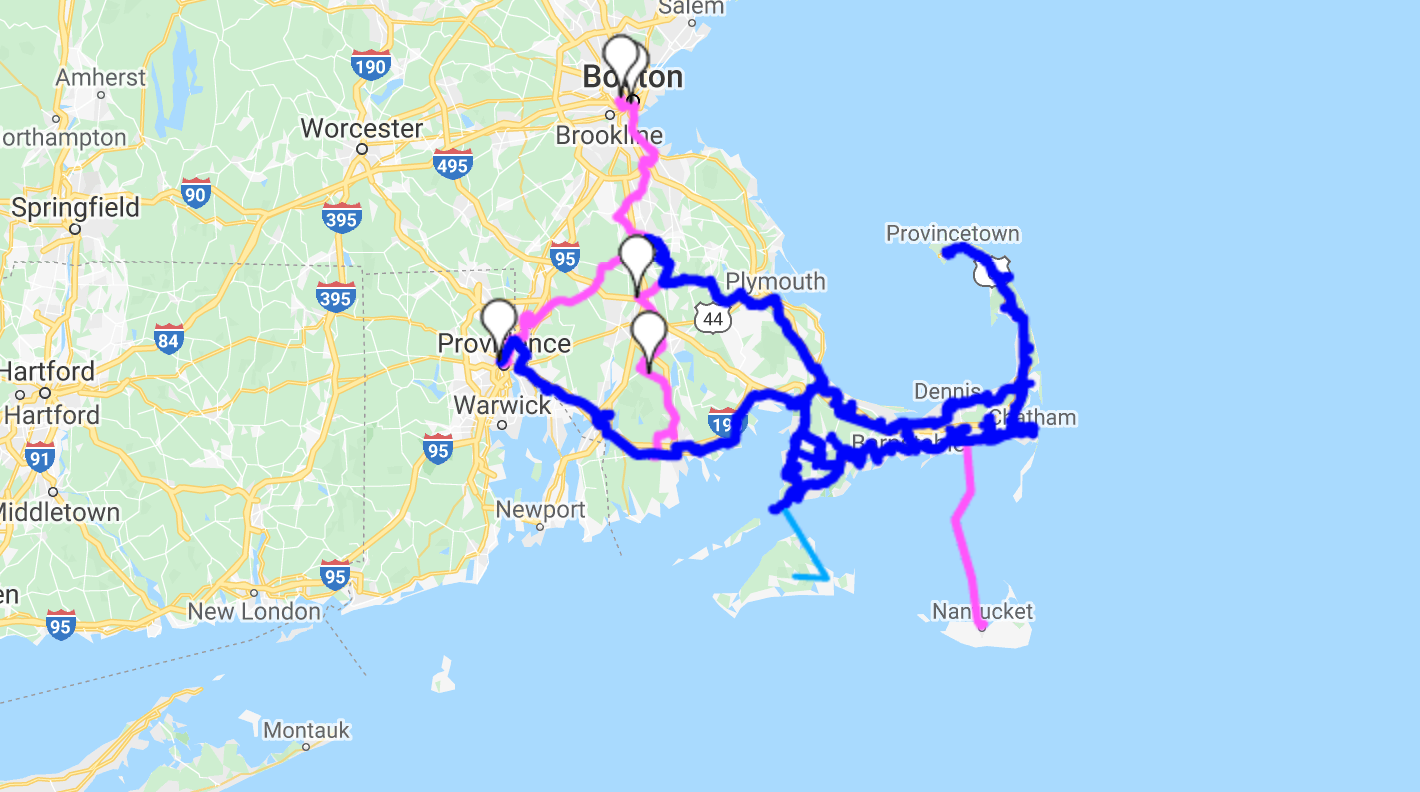Attempting to get back to normal feels strange right now. While we recognize the preoccupation with getting back to work and opening the island, we also believe this represents a good time to (re)think the future.
Let’s start with a question.
Are we responsible for planning and paying for infrastructure that will benefit the community decades or generations from now? After all, our water system, sewer system, and road system were all built 100 years ago.
It’s been a topic of discussion for the Coastal Resiliency Advisory Committee (CRAC). The committee’s mission is to provide the Town and community thoughtful guidance and data-driven information, all of which consider coastal resilience. But as Chairwoman Mary Longacre explained, “The entire island is affected in one way or another by the impacts of climate change when it comes to public infrastructure and private development, not just coastal areas. “
At last year’s Annual Town Meeting, voters authorized the spending of up to $550,000 on coastal resiliency planning. The Town’s Coastal Resilience Coordinator, Vince Murphy, sought input from the CRAC to put together an RFP seeking consultants to conduct an island-wide analysis, including a risk assessment and proposed solutions. The public will have the chance to weigh in.
Wetland expert and Nantucket Conservation Foundation’s appointed representative on the committee, Jen Karberg, explained that potential solutions could target a specific area or the entire island. They might be innovative physical solutions or more traditional ones, such as suggested changes to zoning, regulations, or upgrades to infrastructure. She mentioned the importance of addressing our transportation network running through downtown in a corridor, particularly at risk (e.g., Washington St).
Before the virus, the committee was getting ready to formulate recommendations to Town boards (e.g., ConCom, Planning Board, Select Board). In essence, while the consultants are hard at work, there is an opportunity to integrate the current science (erosion, storm surge and sea-level rise data) into the planning of private development and public projects.
We see strong potential in the approach of the CRA Committee. Planning and building on the island should always have the future in mind. As Mary put it, “It’s everyone’s responsibility to invest in the community and the future history of Nantucket.”
Together we can collectively shape and build a resilient future. We need to ask ourselves how we interact with our island and what solutions are required. Because in the end we only have one coast, one shore, one island.
Happy Sunday.

Julia Lindner
Executive Director







